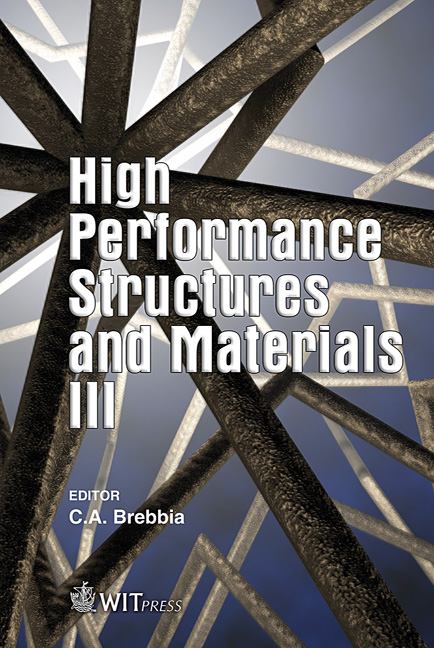Multiaxial Characterization Of The Mechanical Behaviour Of Aluminium Foam
Price
Free (open access)
Transaction
Volume
85
Pages
10
Published
2006
Size
1,027 kb
Paper DOI
10.2495/HPSM060251
Copyright
WIT Press
Author(s)
L. Peroni, M. Avalle & P. Martella
Abstract
In the past ten years many new processes for making foamed metals, mostly aluminium or aluminium alloys, have been developed. As a matter of fact, closed-cell aluminium foam offers a unique combination of properties such as low density, high stiffness, strength, and energy absorption capability. One of the main differences in the mechanical behaviour of cellular materials with respect to classical homogeneous materials such as solid metals is that foam failure is not independent from a hydrostatic state of stress. Therefore, it is not possible to describe the failure surface from a single, usually uniaxial, test but it is necessary to perform tests with different combination of deviatoric and hydrostatic stress components. Within the European Project APROSYS, whose main objective is increasing the safety of all road-users, the mechanical behaviour of aluminium foam, under multiaxial loading, was investigated by the authors. In this paper the results of the hydrostatic and hydro-compression experimental tests are reported. From the results of these tests, it has been possible to obtain the yield locus of the aluminium foam in the deviatoric-hydrostatic stress components space. Keywords: aluminium foam, hydrostatic, hydrocompression. 1 Introduction It is well know that the mechanical behaviour of a cellular material, like foam, is not independent from a hydrostatic state of stress as, on the contrary, it happens for classical homogeneous materials such as metals. Therefore, it is not possible to describe the failure surface from a single simple uniaxial test (in tension or compression if there is a different behaviour) but it is necessary to perform tests
Keywords
aluminium foam, hydrostatic, hydrocompression.





